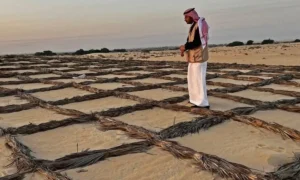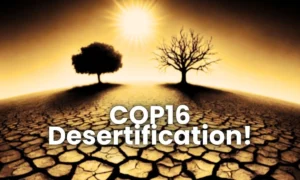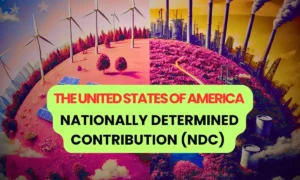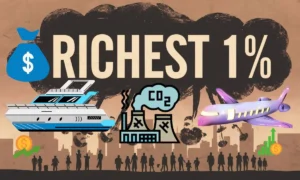2024: The Year U.S. States Took Charge of Climate Action
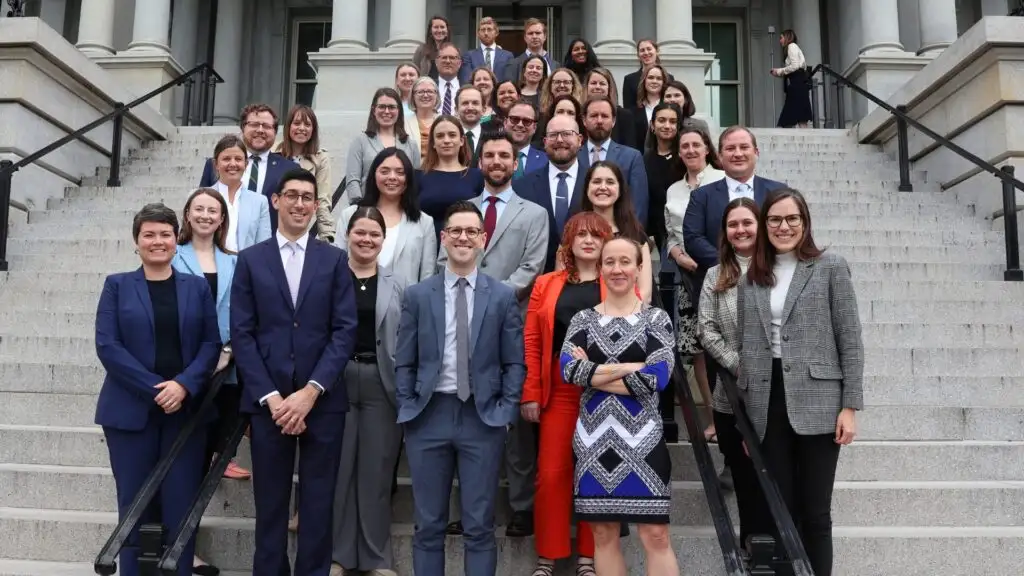
At the end of 2024, the U.S. Climate Alliance has published their annual review. The Alliance looks back at a year of meaning state-led climate action and commitment. The Alliance is made up of 24 governors from across the U.S and represents about 60% of the economy and approximately 55% of the country’s population.
In May, the Alliance appointed its first two female co-chairs, New Mexico Governor Michelle Lujan Grisham and New York Governor Kathy Hochul. Wisconsin Governor Tony Evers joined the executive committee, adding to the leadership team alongside Governors Jay Inslee (Washington) and Gavin Newsom (California).
The Alliance’s Secretariat has grown by over 40% to support state efforts. It organized “Learning Labs” on methane mitigation, climate-smart agriculture, and forestry. The events brought together nearly 100 officials to share ideas and solutions.
In 2024, the Alliance launched the “Governors’ Climate-Ready Workforce Initiative” at Climate Week NYC. The goal is to train 1 million new apprentices by 2035 in clean energy and climate jobs.
The Alliance has also pledged to reduce emissions by 61-66% by 2035. This target aligns with the federal targets shared in the latest United States of America’s Nationally Determined Contribution (NDC) under the Paris Agreement. The US is a Party to United Nation Framework Convention on Climate Change and has ratified the Paris Agreement to “limit the temperature increase to 1.5°C above pre-industrial levels.”
According to the annual review’s press release, the Alliance worked closely with the federal government to shape national level policies. It supported the EPA’s approval of California’s clean car waiver and pushed for emissions cuts in power plants. The Alliance also helped launch the Federal-State Modern Grid Deployment Initiative, with 22 states committing to work with the federal government on power system improvements.
Also Read | Private Jets to Superyachts: How Richest 1% Carbon Footprint Is Escalating the Climate Change Crisis!
The Inflation Reduction Act helped secure billions in new funding. This includes nearly $3 billion for solar power access for low-income households and over $2.5 billion for states to reduce pollution, the Alliance reports.
In late 2024, it teamed up with other climate coalitions to show continued commitment to climate action. At COP29 in Azerbaijan, Washington Governor Jay Inslee reaffirmed the U.S. commitment to the Paris Agreement.
From 2005 to 2022, the Alliance has successfully cut its emissions by 19% while increasing GDP by 30%, according to the official press release. The Alliance report that they remain on track to meet its 2025 climate goal of reducing emissions by 26% below 2005 levels. According to the press statement, the Alliance states are also leaders in clean energy jobs, air quality, and disaster preparedness. The Alliance also reaffirm that they are committed to a net-zero future.
Also Read | Climate Change Supercharged Hurricane Helene’s Downpours – New Study
Launched in 2017 by the governors of Washington, New York, and California, the Alliance now includes 24 governors. The states are committed together in efforts to curbing greenhouse gas emissions as well as achieving net-zero emissions by 2050 which is the federal target.
The Alliance has shown everyone that climate action and commitments lead to economic growth and better public health and living standards.
“The benefits of climate action are as clear as they’ve ever been, and we look forward to continuing to deliver in 2025 and beyond.”
says the Alliance.

